Research-to-Practice Series: Part 3
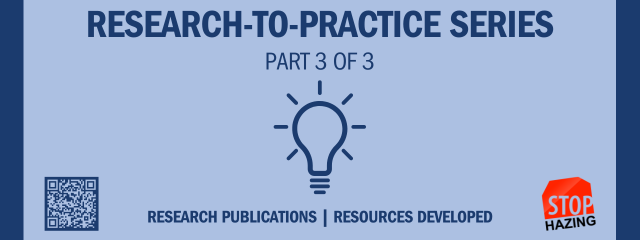
This is the final installment of our three-part research-to-practice series this year, highlighting our hazing prevention research and the related strategies and resources developed. In Part 3, we explore hazing in athletics, the military, and other spaces such as Black Greek Letter Organizations (BGLOS), and highlight other prominent intersecting topics such as sexual violence.
As a reminder, and building on Part 1 & Part 2 of the series, in this blog post you will find:
- The research publication citations
- Resources directly linked to the research
- How the resources and research can support your practice
This final segment further illuminates how pervasive hazing is and the large collections of resources and strategies for its prevention that have been developed. We hope to provide you with actionable tools so you can take steps to implement effective hazing prevention strategies tailored to your organization or institution.
Military Hazing
Berry-Cabán, C. S., Petrillo, C., Allan, E. J., Kerschner, D., Holland, A., Nash, L. N., Roby, A., & Orchowski, L. M. (2024). Service members’ attitudes toward reporting hazing incidents. Military Medicine, 189(Supplement 3), 800-805. https://doi.org/10.1093/milmed/usae281
Metzger, E. C., Bennett, J. N., Berry-Cabán, C. S., Allan, E. J., Guenthner, C., Meerhaeghe, B. M., Borsari, B., Kazemi, D. M., & Orchowski, L. M. (2022). Perceptions of Hazing Among Young Male United States Military Service Members: A Qualitative Analysis. Cogent Psychology, 9, 1-14. Article OAPS 2083864. https://doi.org/10.1080/23311908.2022.2083864
Resources
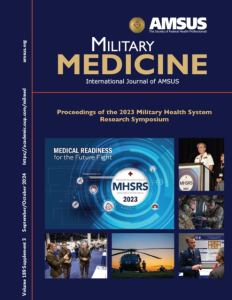
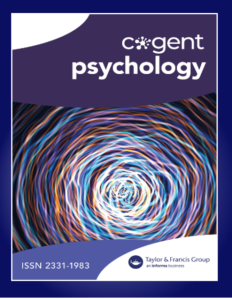
How to Use These Resources and Research:
- Gain understanding of service member experiences with hazing and how that may impact their transition to campus
- Discover service members perceptions of hazing to best support their engagement and development on campus
- Assist in highlighting that hazing exists beyond Fraternity and Sorority Life and is a campus wide concern
- Use as an example of barriers to reporting and facilitate a discussion based on service members’ attitudes related to reporting incidents of hazing
Hazing & Athletics
Allan, E. J. & Kerschner, D. (forthcoming). Not Just Fraternities & Sororities: The Evolving Paradigm of Hazing in Athletics. In Meriwether, J. (Ed.). Hazing in College Athletics: Combating Destructive Practices and Hidden Harms. Routledge.
Allan, E. J. & Kerschner, D. (2024). Hazing and its prevention in collegiate athletics. In Johnson, J. & Chin, J. (Eds.). Sport Hazing in the New Millenia. Research in the Sociology of Sport series. Emerald Publishing.
Kerschner, D. & Allan, E. J. (2021). Examining the nature and extent of hazing at five NCAA Division III institutions and considering the implications for prevention. Journal of Amateur Sport, 7(1), 95-118. https://doi.org/10.17161/jas.v7i1.13632
Kerschner, D. J. (2021). Examining factors predictive of hazing in NCAA division III athletics and considering the implications for prevention [Doctoral dissertation, University of Maine]. https://digitalcommons.library.umaine.edu/etd/3399
Resources:
- 10 Signs of Healthy & Unhealthy Groups toolkit & training
- Building Healthy Groups & Teams resources
- Making Space for Leaders to Lead Change workshop
- Practicing Values-Based Leadership & Decision Making workshop
- Team Building or Breaking – Athletes As Leaders: Hazing Prevention Panel– webinar
- Building New Traditions: Hazing Prevention in College Athletics – NCAA resource
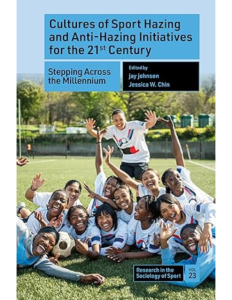
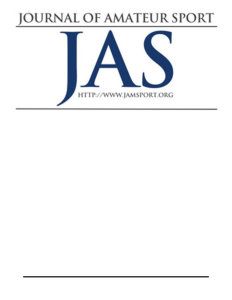
How to Use These Resources and Research:
- Discover the implications and prevalence of hazing in college athletics
- Utilize resources to help student athletes understand how to form strong team dynamics without the use of hazing
Miscellaneous Hazing Prevention Research
Allan, E. J. & Kerschner, D. (2020). The pervasiveness of the hazing phenomenon. In Meriwether, J. (Ed.). Dismantling hazing in Greek Letter organizations: Effective practices for prevention, response, and campus engagement (pp. 1-31). Washington, DC: NASPA press.
Allan, E. J. (2020). Hazing. The SAGE encyclopedia of higher education. Thousand Oaks, CA: Sage Publications.
Allan, E. J. & Tolbert, A. (2019). Advancing social justice with policy discourse analysis. In Strunk, K. & Locke, L. (Eds.). Research methods for social justice and equity in education. Palgrave.
Goodwin, K. (2020). Exploring the intersections of campus hazing and sexual assault research: A meta-analysis. Master’s thesis. Student Development in Higher Education.
Resources:
- Fraternity & Sorority Hazing Prevention Guide
- 10 Signs of Healthy & Unhealthy Groups toolkit & training
- Building Healthy Groups & Teams resources
- Making Space for Leaders to Lead Change workshop
- Practicing Values-Based Leadership & Decision Making workshop
- HAZING film & viewing guide
- Campus Commitment to Hazing Prevention: Action Guide
- Hazing Prevention Toolkit: For Campus Professionals
- To learn more about the Hazing Prevention FrameworkTM click here
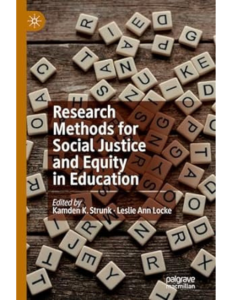
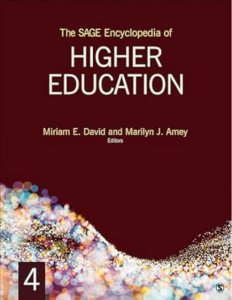
How to Use These Resources and Research:
- Build your foundational understanding of hazing and its implications in your community
- Connect the importance of hazing prevention with policy and advocacy work and how to foster change within your community
Review the Research-to-Practice Series:
Questions? Contact info@stophazing.org
